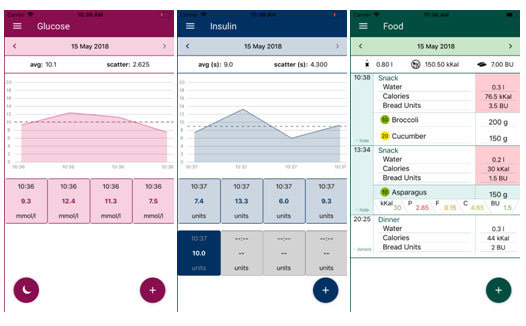Development and investigation of methods for medical images processing, recognition, protection, and storing in distributed computer systems
As a result of the project, methods for processing, recognition, and protection of medical images have been created. Within the framework of creating methods for processing and recognizing medical images, a method for segmenting medical images obtained using medical equipment with the allocation of objects of interest for diagnostic purposes and a method for training fuzzy neural networks were developed. Highly effective methods for classifying objects in medical images have been developed as well. For this, fuzzy neural networks (HNMs) were used, in particular, HNM NEFClass, a modified fuzzy neural network NEFClass-M, and also a hybrid fuzzy neural network CNN-FNN, where the convolutional neural network CNN VGG-16 was used as a feature extractor and NEFClass fuzzy neural network was used as a classifier. Software for the implementation of the algorithm for segmenting medical images and software for recognizing image objects using the NEFClass NNM were developed. The project is also resulted in the development of a method and algorithm for steganographic protection of graphic data based on a bits correspondence scheme, which makes it possible to accelerate data encryption and decryption due to parallel processing of colour components of a cover-image. A method and an algorithm for protecting medical images using matrix barcodes has been developed, in which the text metadata of the image containing the patient’s personal data is converted into a matrix barcode marker to be embedded in the cover-image in a steganographic manner as a watermark. The architecture of a system for automated processing of archival medical images with the protection of patients' personal data has been designed. A concept for the representation and processing of multimodal medical data has been developed as well. A working model of a mobile application for monitoring the patient’s condition has been developed using the example of monitoring the condition of patients with diabetes of type 1 who suffer from nocturnal hypoglycemia.

| Attachment | Size |
|---|---|
| 382.21 KB |




